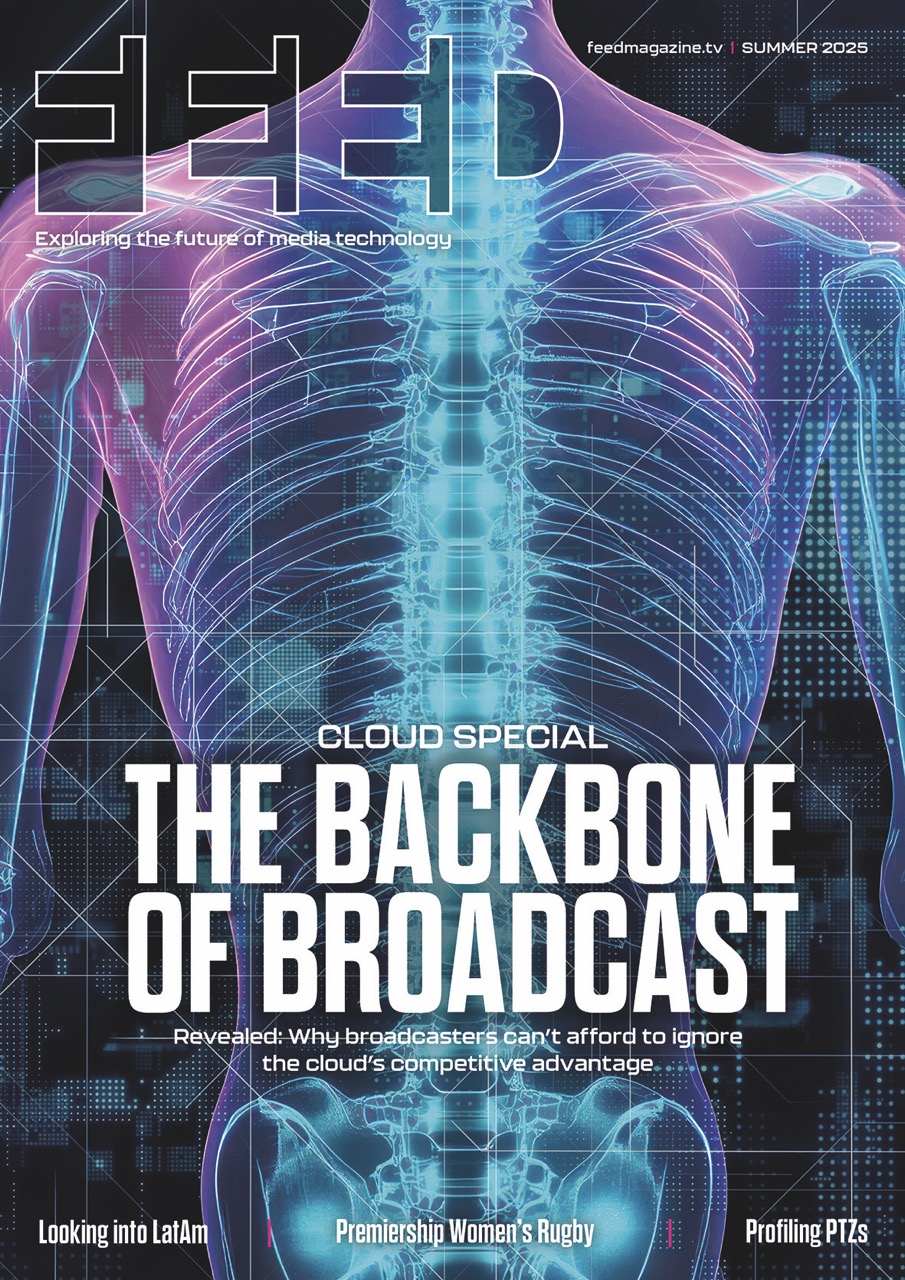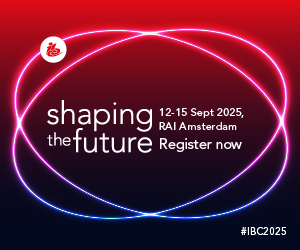Picturing a greener future with Picture Zero
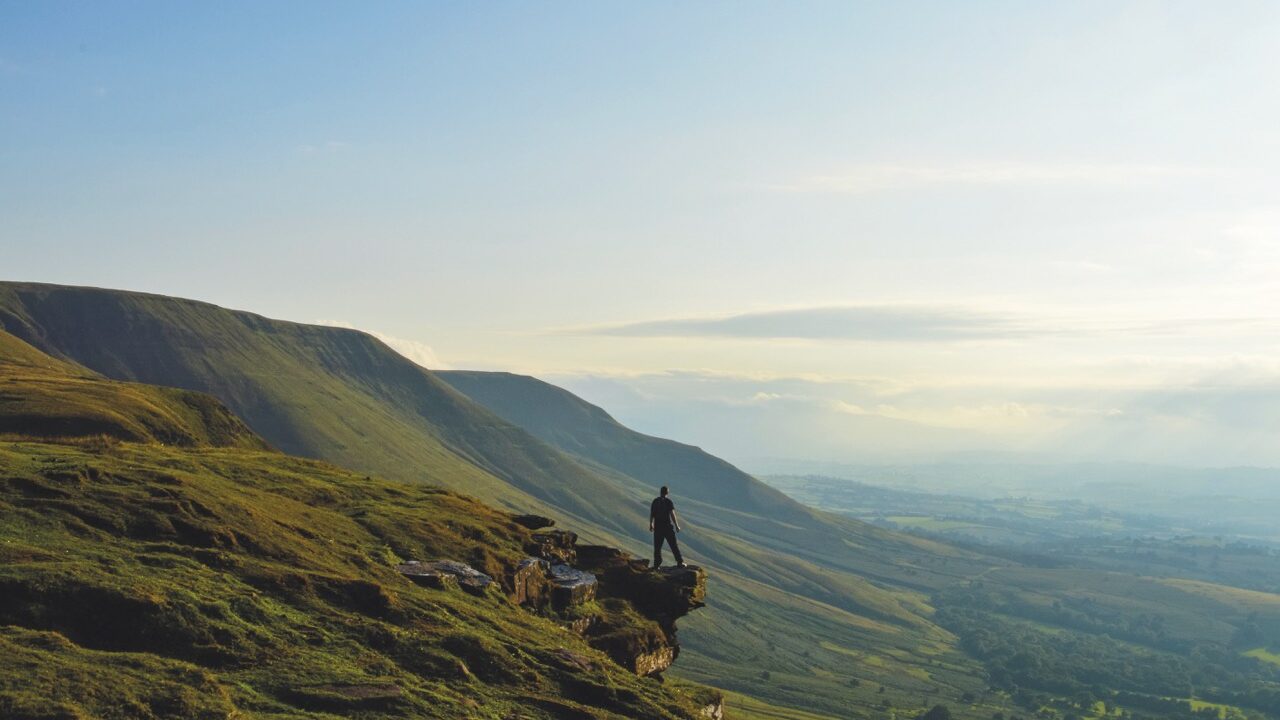
Posted on Jul 30, 2025 by FEED Staff
Picture Zero is creating a quiet movement within UK broadcast; rooted in sustainable thinking and the idea that meaningful change often starts behind the scenes
Words Verity Butler
Back in 2021, at COP26 in Glasgow, sustainability-in-media and Bafta-run organisation Albert brought together 12 broadcasters and streamers from the UK and Ireland. They came together to sign the Climate Content Pledge, committing them to six core principles in support of ‘more and better climate content’.
Four years on, sustainability continues to be one of film and broadcast’s fundamental focuses, with mounting pressure on both production houses and broadcast networks to consistently offer proof of their greener practices.
Albert’s certification process has been an important step in aiding this, offering an officiating model that could be rolled out easily across British broadcast.
As the UK’s target date for becoming net zero inches ever closer, we are similarly seeing more initiatives and organisations joining forces in a determined bid to reach that sizeable goal.
From studio to sustainability
Founded in 2019 by long-time director Steve Smith, Picture Zero has emerged as one of the UK’s leading sustainability consultancies for film and television.
Smith’s background is deeply rooted in British television, with his impressive directing career including a long stint with the hugely popular Graham Norton Show.
“I started in the TV industry when Channel 4 first launched,” he recalls. “I was one of three people commissioned to make one of its first youth programmes.”
Throughout the course of his exciting career in entertainment, Smith emphasises that his concern about climate change was always simmering in the background.
“That concern really crystallised when I moved out of London to Wiltshire in 2001. Being closer to nature made me see how strange things were beginning to happen – rivers drying up and all the timings
of nature being off balance.”
His concern soon found an outlet through Bafta’s Albert. He reached out when it launched in 2011 to offer his assistance and production expertise. This ultimately led to him becoming an Albert trainer, delivering climate literacy and sustainable production workshops to thousands of industry professionals. But even that, he says, didn’t feel like quite enough: “In 2019, I thought, rather than just talking about it, I want to
do something about it.”
Picture Zero started as a production company, and one of its first projects, The People vs Climate Change, set the tone for its ethos.
“We got exclusive access to the UK’s first-ever citizens’ assembly on climate change,” Smith explains. “It was shown on BBC Two around the time of COP26, and that was great.”
But making climate-focused content, while crucial, turned out to be commercially unsustainable in itself. “While commissioning editors say they want more climate stories, they don’t really want to commission special programmes about climate change,” says Smith.
The real opportunity, they ended up discovering, was in helping embed sustainability across existing popular British genres, such as soaps and cookery shows. “We were increasingly being approached for consultancy around sustainable production and, in the end, that’s what we morphed into.”
Picture Zero now works across the entire production life cycle, not only reducing environmental impacts, but also helping storytellers reflect our changing world more authentically on screens at the same time.
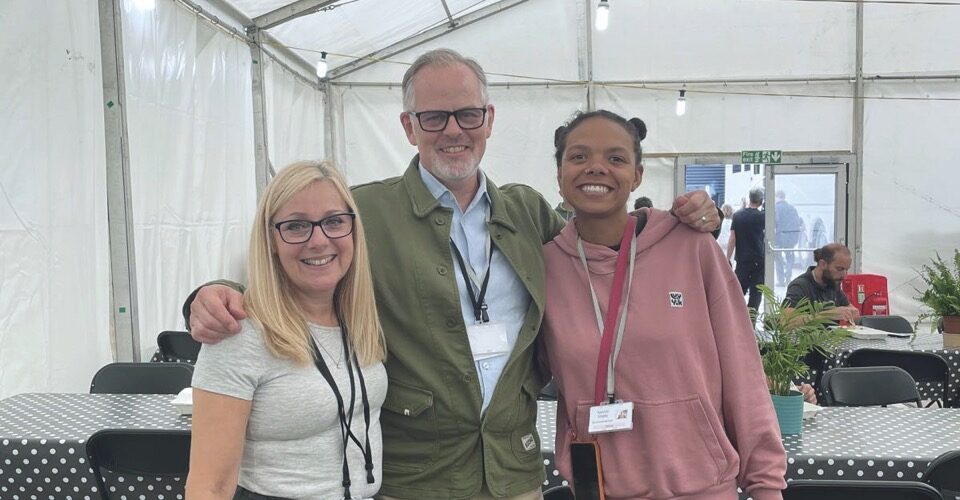
Changing the narrative without changing the story
One of Picture Zero’s main methods is passing scripts for sustainability.
“We’re not trying to change the narrative that a writer has created,” Smith clarifies, “but you can still make subtle, yet powerful changes.”
Picture Zero comprises creatives and professionals with deep industry knowledge – and that peer-to-peer understanding means it’s not just about handing down orders; it’s a collaborative process. “We’re not there to impose sustainability,” says Smith. “HODs often know what needs to be done – but haven’t had the time or budget to implement it. We help them unlock that.”
This could be anything from swapping a diesel car for an electric, having the characters drink from reusable bottles and cups or even switching the stoves in a cookery show from gas to induction hobs.
“There’s also been a lot of recent research about the passive inhalation of particulate matter and nitrous oxide from gas in our homes. That means there are health concerns surrounding gas in homes, as well
as sustainability ones,” Smith adds.
These small cues in media can help normalise sustainable behaviour. “You don’t have to talk about it. Just cooking on an induction hob sends a message to audiences that this is a normal thing to do.” While these decisions might seem minor, they reflect a wider cultural shift.
“For a long time, those who cared about the planet were stereotyped as being freaky and hippie. But the reality is that more people are now making different lifestyle choices because more of them now care.”
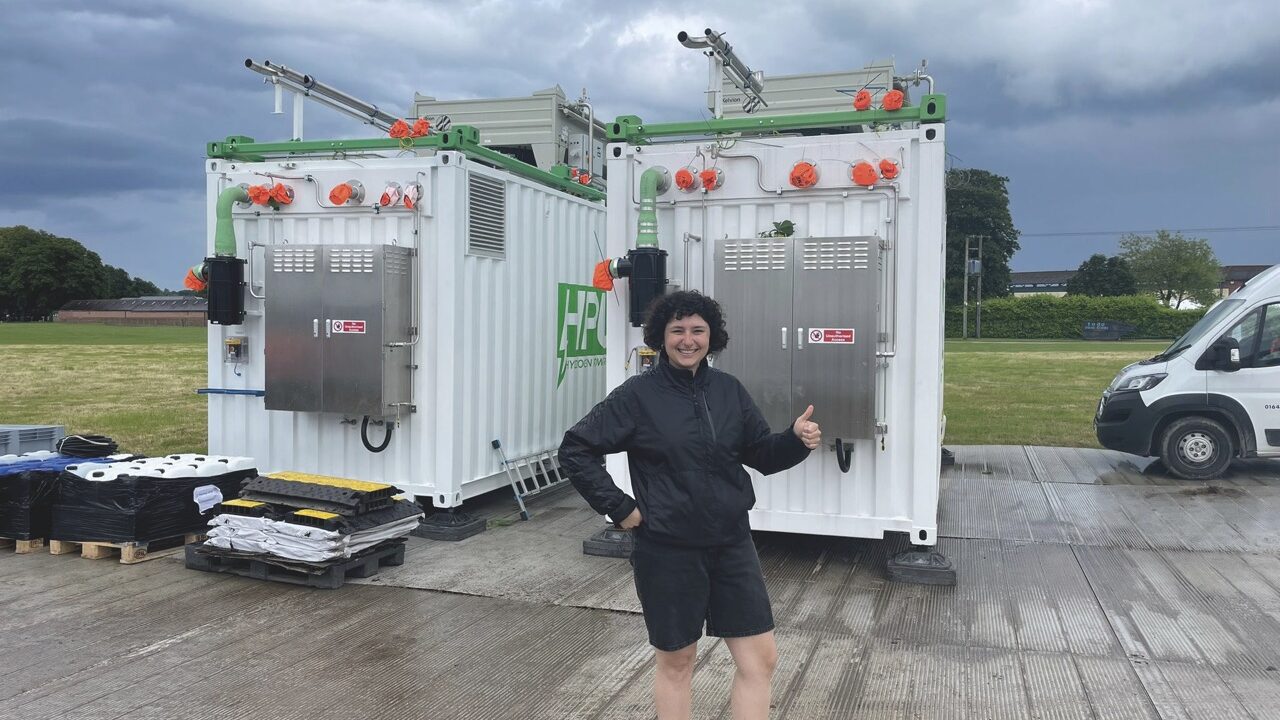
Taking on travel
Travel consistently proves one of the most environmentally troublesome factors of production – it typically accounts for 50-70% of a drama or feature film’s carbon footprint. Taxes are a common reason for this.
“Something I see happening a lot is productions choosing to film internationally due to tax incentives. Unfortunately, the countries they choose to go to often don’t have any sustainable infrastructure in place – and so we’ve essentially incentivised a production to go somewhere less sustainable to film in.”
A fundamental part of Picture Zero’s mission is to better this.
“We always encourage as much use of public transport as possible,” Smith expands. “In the UK, for example, Albert has a no domestic flying policy. We do a lot of work down in Wales, and most of those production companies ask the cast to travel via train, rather than sending unit vehicles to London.”
For vehicle fleets, the aim is to encourage electric and plug-in hybrid vehicles; and if those aren’t available, then at least switching from diesel to HVO (a low-emission fuel alternative).
“It’s important for us to see HVO as a temporary transition fuel and not get addicted to it,” says Smith. “The BBC have investigated HVO, and there are concerns that palm oil is getting into the supply chain.”
As part of its consultancy offering, Picture Zero can concoct a travel plan for a production, as well as help to identify public transport opportunities ahead of time.
“A lot of it is also thinking about your sphere of influence as individuals,” Smith adds. “The choices we make around how we travel and eat – and how that can influence others to adapt.”
One new approach recently introduced focuses on getting the cast more directly involved with greenifying production.
“We’ve piloted Equity’s Green Rider on a number of productions we’ve worked on, and it’s having a huge impact. In the past, we generally haven’t talked to cast members about sustainability, but they’re real people who worry about the planet too.”
Smith describes how, once they started including the cast in the equation, they were always eager to help lessen their production’s output.
“We’ll now routinely join cast read-throughs and talk them through what we’re trying to do. The hope is that, once the star of a film is interested, it makes the crew take more notice. Then, if they start to talk about it publicly on social media, they can help influence a wider conversation.”
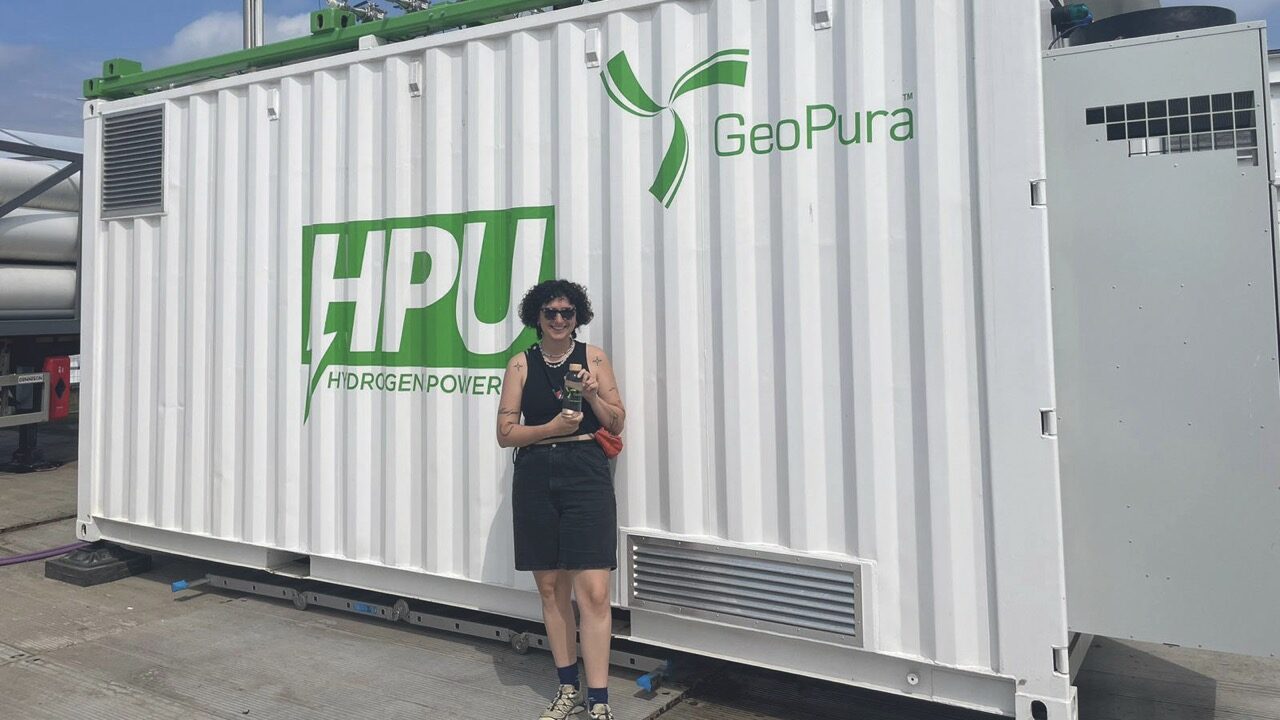
Measuring your impact
Data is an enormous and complex piece of the puzzle. “We’ve spent years trying to collect accurate production data,” Smith adds. “To cut emissions, we have to measure them. One of the challenges is that the job of completing Albert certification has often been left to junior members of production, who might not have had any training in data collection.”
Smith cites mounting pressures from all the broadcasters, which are demanding accurately reported data from productions.
“I would caution any production company reading this article to pay attention. You need to start thinking about measures you can put in place to achieve good-quality data because, if you don’t, you could find yourself getting caught out.”
The BBC recently published its Net Zero Transition Plan, which featured some extremely strict decarbonisation targets for itself.
“We’re seeing public service broadcasters starting to audit carbon data in the same way we would audit our budgets. At Picture Zero, we’re now able to work closely with productions to help them both understand and cater for this.”
The work has only just begun
“I hope Picture Zero hasn’t got a limited shelf life,” Smith muses. “There’s a huge challenge ahead – and we are in the business of efficiency, which will always exist.”
The climate clock is ticking: 2024 marked the first 12-month period during which temperatures were consistently over the 1.5° threshold that scientists have long been telling us to avoid happening.
“This doesn’t mean the world has permanently passed that 1.5° threshold of warming, but what it does tell us is how serious things are getting,” Smith concludes.
To learn more about the valuable work that the team at Picture Zero is doing, head to the website: picturezero.com
HVO: Is it a yes or a no?
HVO stands for hydrotreated vegetable oil; it’s a fuel that’s generally considered a good and sustainable alternative to traditional diesel.
This offers significant environmental benefits, which includes a substantial reduction in greenhouse gas emissions, and can be used in vehicles designed for standard diesel without modifications. It can produce up to 90% fewer net CO2 emissions compared to fossil diesel, for a lower carbon footprint, and also creates less particulate matter – such as carbon monoxide and nitrogen oxides – than diesel.
However, there are concerns that some of the HVO production methods involve palm oil and deforestation. It’s a useful option for now, but not quite the answer.
This article first featured in the Summer 2025 issue of FEED magazine.



